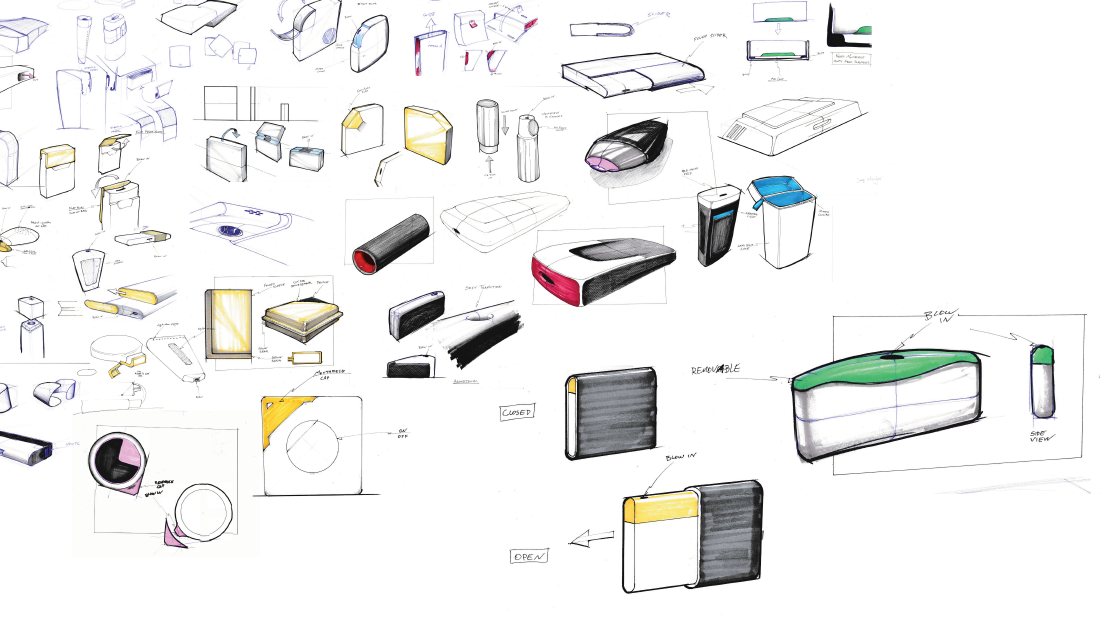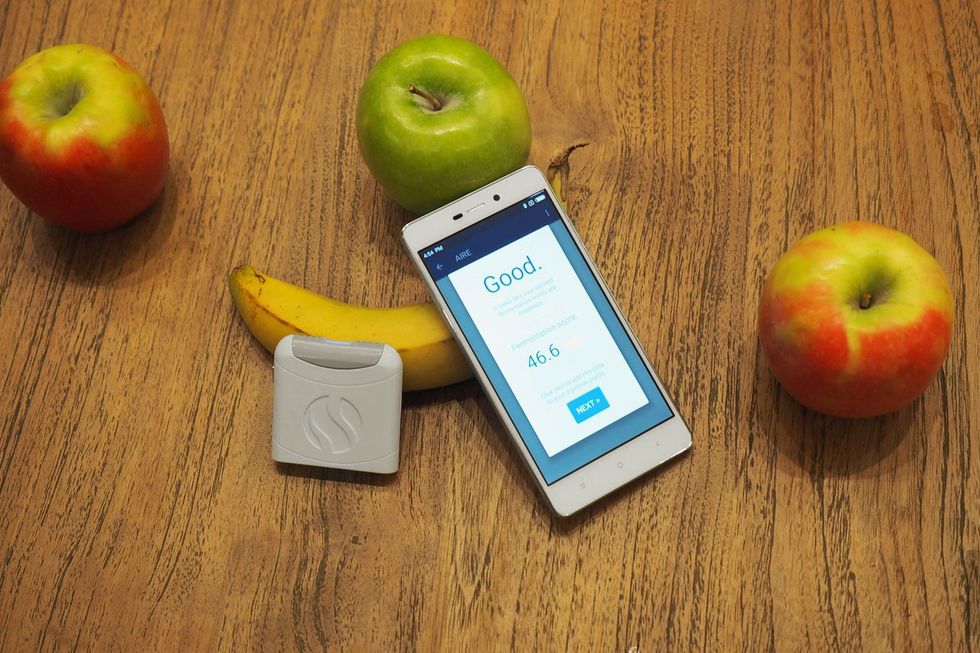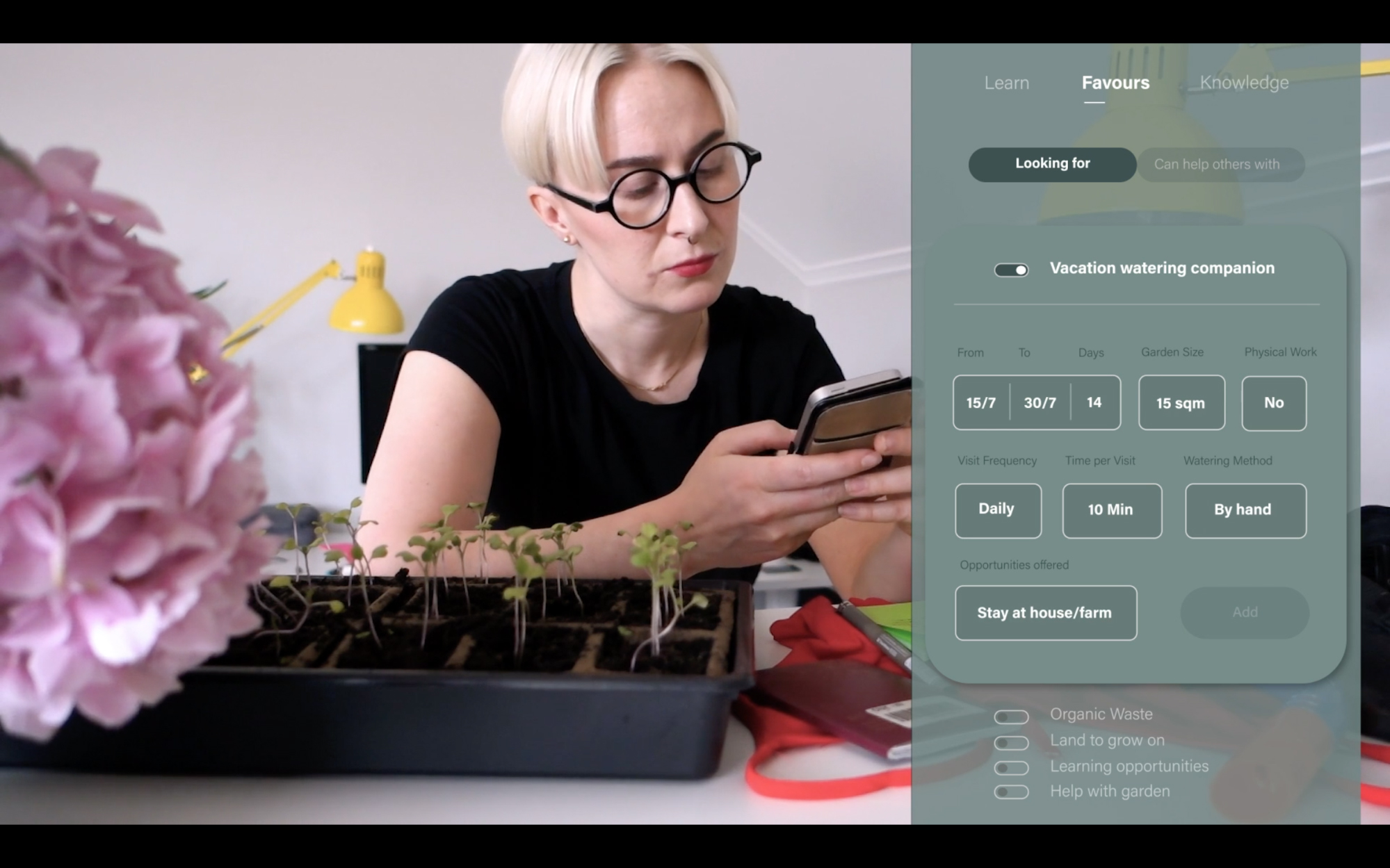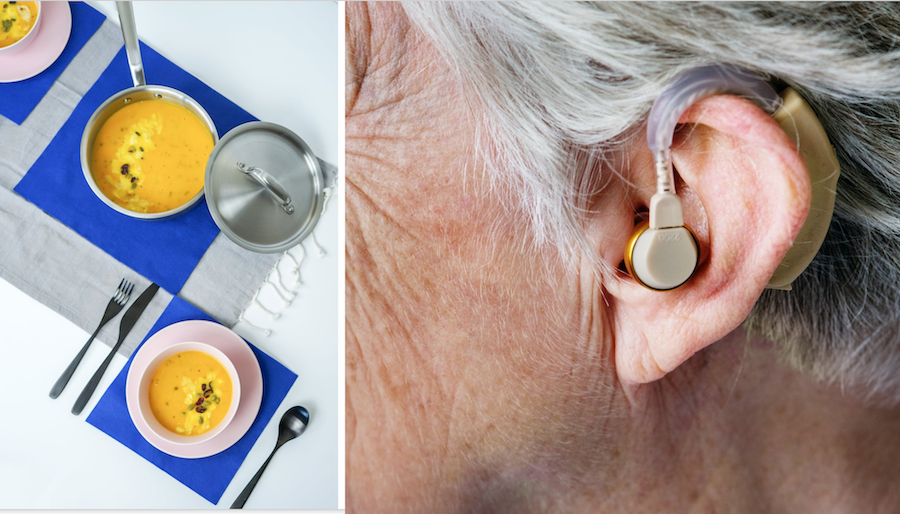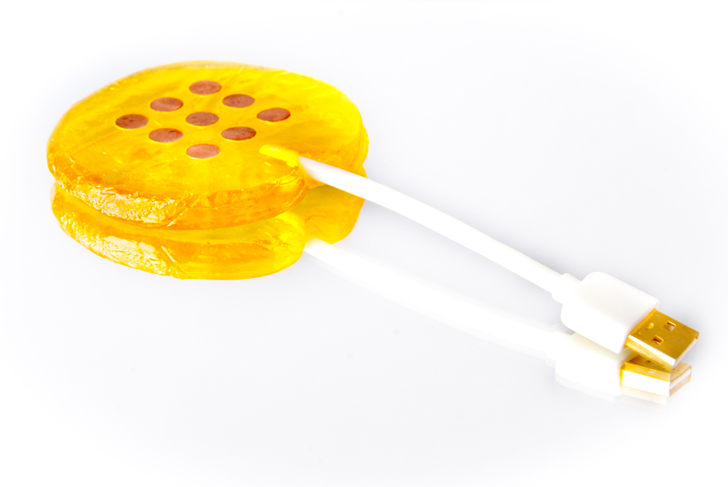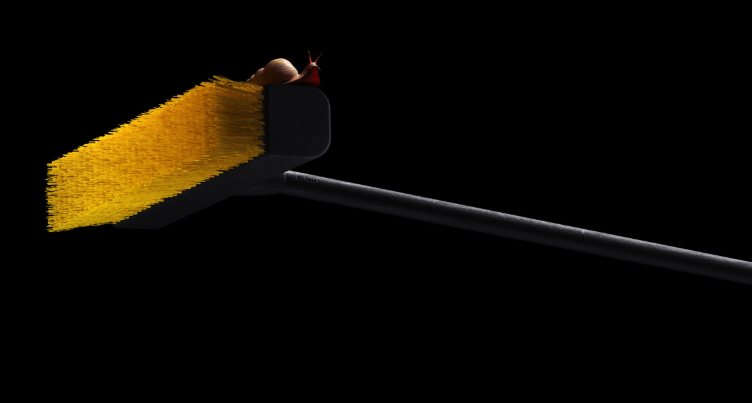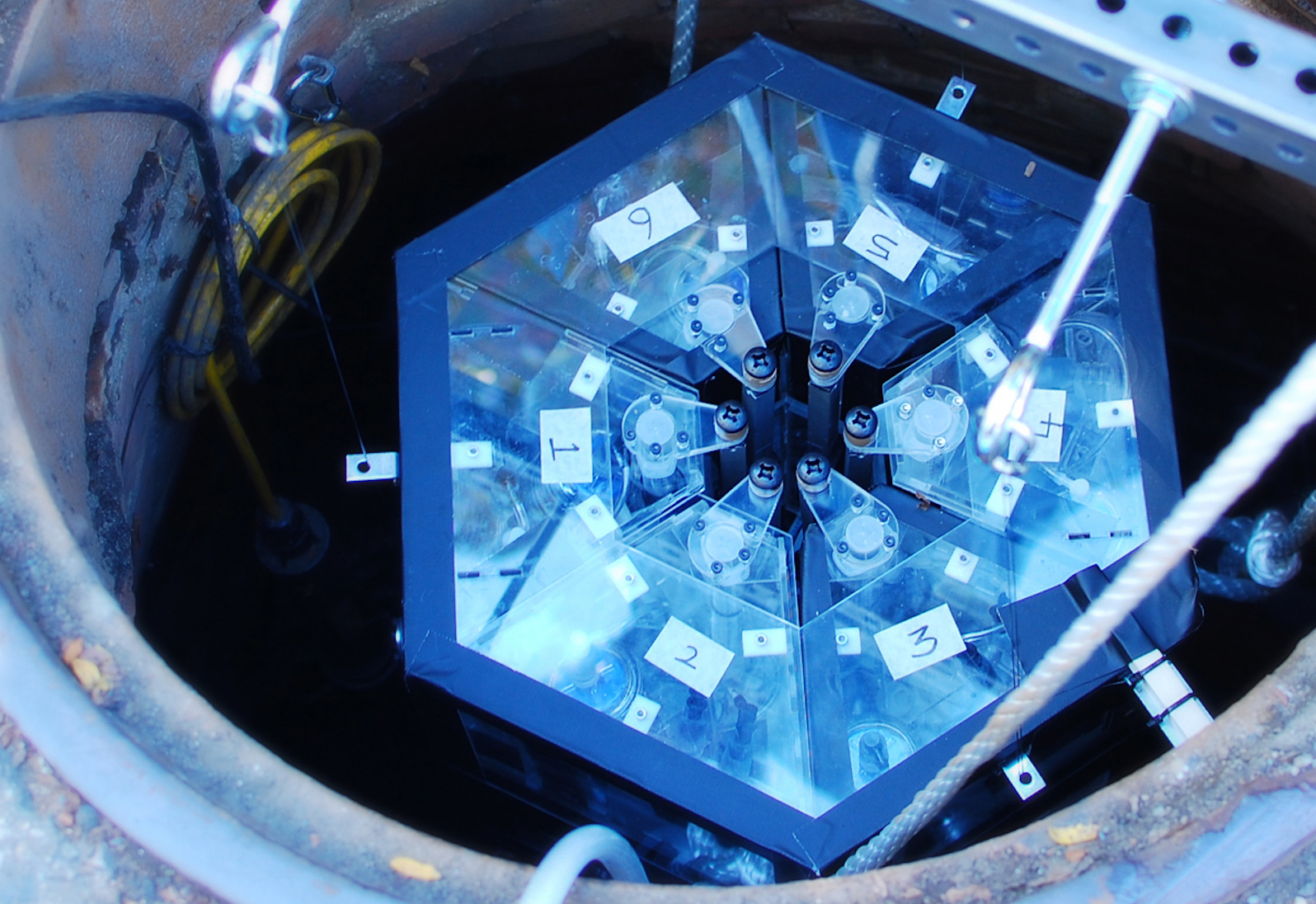Science has spoken: good health starts in the gut. Although food diaries and fitness monitors have simplified tracking our diets and body metrics, determining what happens to food once it enters our bodies still demands expensive doctor visits.
FoodMarble wants to change that. This Irish startup is gearing up to release Aire, the world’s first personal digestive monitor. Using Aire is simple: you breathe into the tool and get a reading of how much gas is on your breath between zero and one hundred (or dead to insanely gassy). This number indicates how much gas has built up in your body after eating. A healthy gut should efficiently dispel gas without causing bloating, pain, diarrhea or constipation, but when food passes from the small to long intestine, it begins to ferment and produce the aforementioned side effects. This data synchronizes with an app, allowing you to track how your body responds to different foods. Designed by Bay Area firm Hive Design, the Aire looks like less friendly than we would have anticipated but seems to pack a punch in a small package.
While the idea of measuring digestion via gas buildup might seem tenuous to the average person, similar tools have long had a place in a doctor’s arsenal. While Aire won’t supply the in-depth information that doctors can, it allows people to “hack” their system at a fraction of the cost. The company anticipates that this will appeal most to consumers with casual digestive discomfort who don’t feel the need to plunk down money for expensive (and potentially inconclusive) allergy tests. In addition, they’re betting that the rising popularity of fitness trackers will help Aire appeal to consumers already glued to their Fitbits.
Yet the question remains if consumers are properly educated on how to utilize this information. Starting up with Aire isn’t as simple as puff and go. The company recommends determining the body’s base gas level by testing several hours after eating for an extended period. Once this baseline has been determined, users should turn to Aire every 15 minutes after eating to monitor how foods progress through their body. While a higher reading after eating beans or broccoli might be expected, when other foods produce higher-than-average readings, consumers might want to think about cutting down their intake.
As new technologies enable a more comprehensive approach to health, it’s likely that more companies will build monitors that track internal processes. Their success will depend largely on design—the user experience for integrating products into their daily routine and how to present information so that it becomes useful. While Aire seeks to empower those with digestive discomfort to analyze their diets, it will be interesting to see how willing people are to play doctor.
